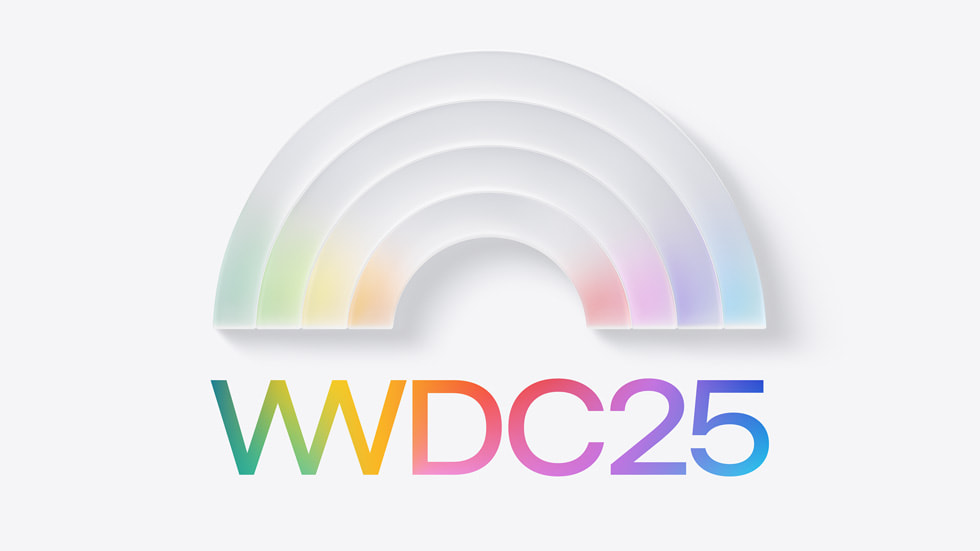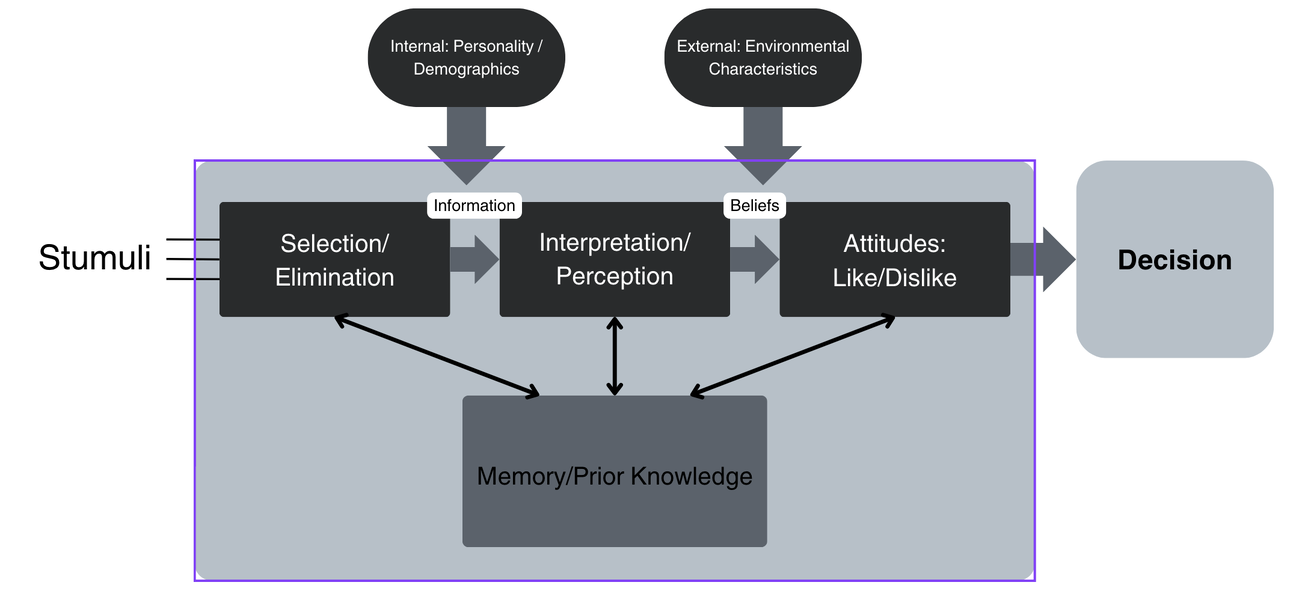WWDC 2025: What Apple’s Latest Innovations Mean for Digital Marketers
Apple’s WWDC 2025 wasn’t just a tech spectacle—it was a pivotal moment for marketers seeking to stay ahead in a rapidly evolving digital landscape. This year’s announcements signal a new era of customer engagement, personalization, and omnichannel storytelling. Here’s what matters most for digital marketers and how you can seize the emerging opportunities.
Liquid Glass: More Than a Pretty Face—It’s Conversion Infrastructure
Apple’s new Liquid Glass design language is a major UI overhaul that isn’t just about aesthetics. The translucent, fluid interface creates a premium, intuitive experience across all Apple devices. For marketers, this means:
Personalized Experiences:
The new design system pairs seamlessly with in-app personalization, letting marketers create VIP zones or loyalty programs that feel genuinely special.
Higher Perceived Value:
Apps and branded experiences that adopt Liquid Glass feel more polished and trustworthy, which can boost user retention and conversion rates.
Premium Positioning:
Sectors like fintech, wellness, and luxury retail can leverage this design to reinforce exclusivity and sophistication.
Apple Intelligence: AI-Driven, Contextual Engagement
Since beginning my digital marketing journey, my approach to Apple Intelligence, the company’s on-device generative AI, is now deeply embedded across iOS 26 and beyond. The most marketer-relevant features include:
- Smarter Personalization: AI-powered segmentation and content recommendations mean marketers can deliver hyper-relevant messages at every stage of the customer journey.
- Visual Search from Images: Users can now screenshot any app and instantly search for brands or products within the image—whether it’s a promo, notification, or social post. This offers brands new visibility and discoverability, even outside their own channels.
- Live Translation: Real-time, bidirectional translation in core apps like Messages and FaceTime removes language as a barrier, opening up global campaigns and enabling more inclusive, multilingual engagement.
App Store & Analytics: Sharper Funnels, Smarter Promotions
To secure my desired marketing co-op position, I explored several Apple’s updates to App Store analytics and marketing tools are a game-changer for campaign optimization:
- App Store Tags & Keyword Mapping: AI-generated tags and custom keyword mapping improve app discoverability and intent-based targeting without extra development overhead.
- Granular Funnel Metrics: New metrics like Download-to-Paid Conversion and Average Proceeds per Download help marketers measure true ROI, not just vanity metrics like installs.
- Cohort Analysis: Segment performance by device, territory, and product page to refine creative and offers for specific audiences.
- Expanded Offer Codes: Now available for consumables and non-renewing purchases, making it easier to run targeted upsells, win-back campaigns, and analyze redemption in real time.
Spatial Computing & Persistent Brand Presence
visionOS 26 brings persistent, customizable widgets that users can place in their physical environment using Apple Vision Pro:
- Immersive Campaigns: Marketers can experiment with 3D product showcases, AR experiences, and interactive stories to create memorable, differentiated campaigns.
- Ambient Brand Touchpoints: Think branded widgets that live on a user’s desk or wall, offering always-on value like countdowns, fitness goals, or travel updates.
- Proximity-Aware Engagement: Widgets adapt based on user proximity, revealing more detail as users approach—perfect for contextual storytelling and product education.
Conclusion: How Marketers Should Respond
Refresh Visuals: Update your app and web assets to align with the Liquid Glass aesthetic for a modern, premium feel.
Leverage AI: Use Apple Intelligence-powered features for smarter segmentation, content recommendations, and multilingual messaging.
Optimize Campaigns: Dive into the new App Store analytics to refine funnels, test offers, and personalize lifecycle flows.
Embrace Spatial Marketing: Start experimenting with persistent widgets and AR content for Vision Pro to establish a brand presence in the new era of spatial computing.
Collaborate Early: Work closely with your product and engineering teams to ensure your marketing strategies are “Apple-ready” from day one.
WWDC 2025 marks a turning point where marketing is no longer just mobile-first—it’s context-first, intelligent, and omnichannel by default. The brands that adapt quickly, experiment boldly, and personalize relentlessly will be the ones that thrive in Apple’s next-generation ecosystem.

